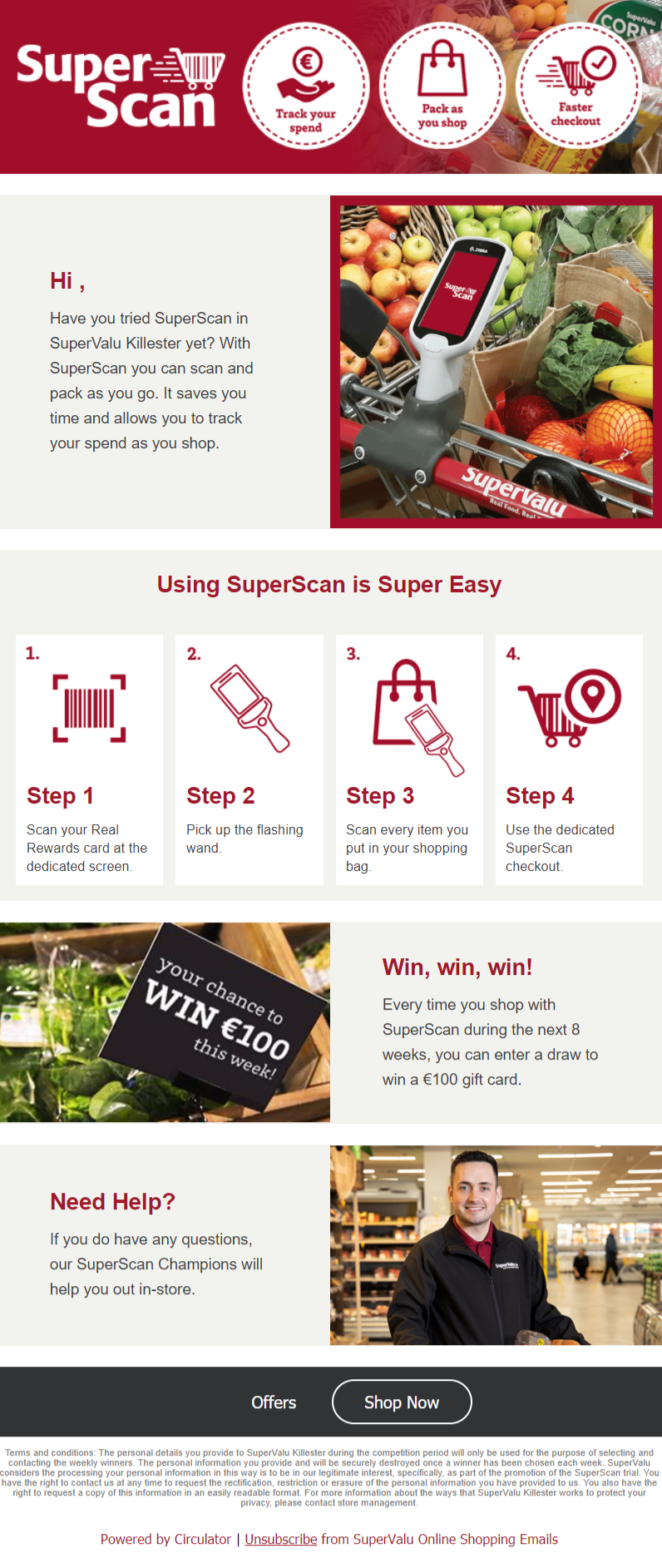
How to segment your email list for better engagement and conversions
How to segment your email list for better engagement and conversions
Email segmentation is the process of dividing your email list into smaller groups based on specific criteria. By segmenting your email lists, you can tailor your email campaigns to the needs and interests of your subscribers, resulting in better engagement and conversions. In this post, we’ll explore some best practices for segmenting your email list to drive better results.
Demographic Segmentation
Demographic segmentation is based on characteristics such as age, gender, income, and location. By segmenting your email list based on demographic data, you can create targeted campaigns that appeal to specific groups of people. For example, you might send different emails to men and women, or to people in different age ranges.
Behavioural Segmentation
Behavioural segmentation is based on how your subscribers interact with your emails and your website. By segmenting your email list based on behaviour, you can create targeted campaigns that reflect the specific interests and preferences of your subscribers. For example, you might send different emails to subscribers who have previously purchased from your website versus those who haven’t.
Liberty Insurance uses behavioural segmentation to segment those who have previously shown interest by taking out a quote on their website but did not take up the quote for whatever reason.

Geographic Segmentation
Geographic segmentation is based on the location of your subscribers. By segmenting your email list based on location, you can create targeted campaigns that reflect the unique needs and interests of different regions. For example, you might send different emails to subscribers in different parts of the country or world.
SuperValu uses geographical segmentation to inform their customers of new services in local stores:
Interest-Based Segmentation
Interest-based segmentation is based on the specific interests and preferences of your subscribers. By segmenting your email list based on interests, you can create targeted campaigns that reflect the topics and products that your subscribers are most interested in. For example, you might send different emails to subscribers who have indicated an interest in health insurance versus those who have indicated an interest in motor insurance.
Customer Segmentation
Customer segmentation is based on the specific characteristics of your customers, such as purchase history or lifetime value. By segmenting your email list based on customer data, you can create targeted campaigns that reflect the unique needs and interests of different customer groups. For example, you might send different emails to customers who have made a recent purchase versus those who haven’t.
Kaliedy offer a great example of customer segmentation with milestone emails such as their “Baby’s First Christmas” campaign:

In conclusion, email segmentation is an essential tool for improving engagement and conversions in your email marketing campaigns. By segmenting your email list based on demographics, behaviour, geography, interests, and customer data, you can create targeted campaigns that resonate with your subscribers and drive better results. Remember to test and optimise your segmentation strategies regularly to ensure you’re getting the best possible results.
At Circulator, we specialise in digital customer communication and email marketing and help companies grow. Learn more about our products and services and how we help our clients segment lists and build effective email campaigns that achieve the best email marketing results.
Please contact us directly to get help with your digital communication efforts. Our team of experts will be happy to assist you.







